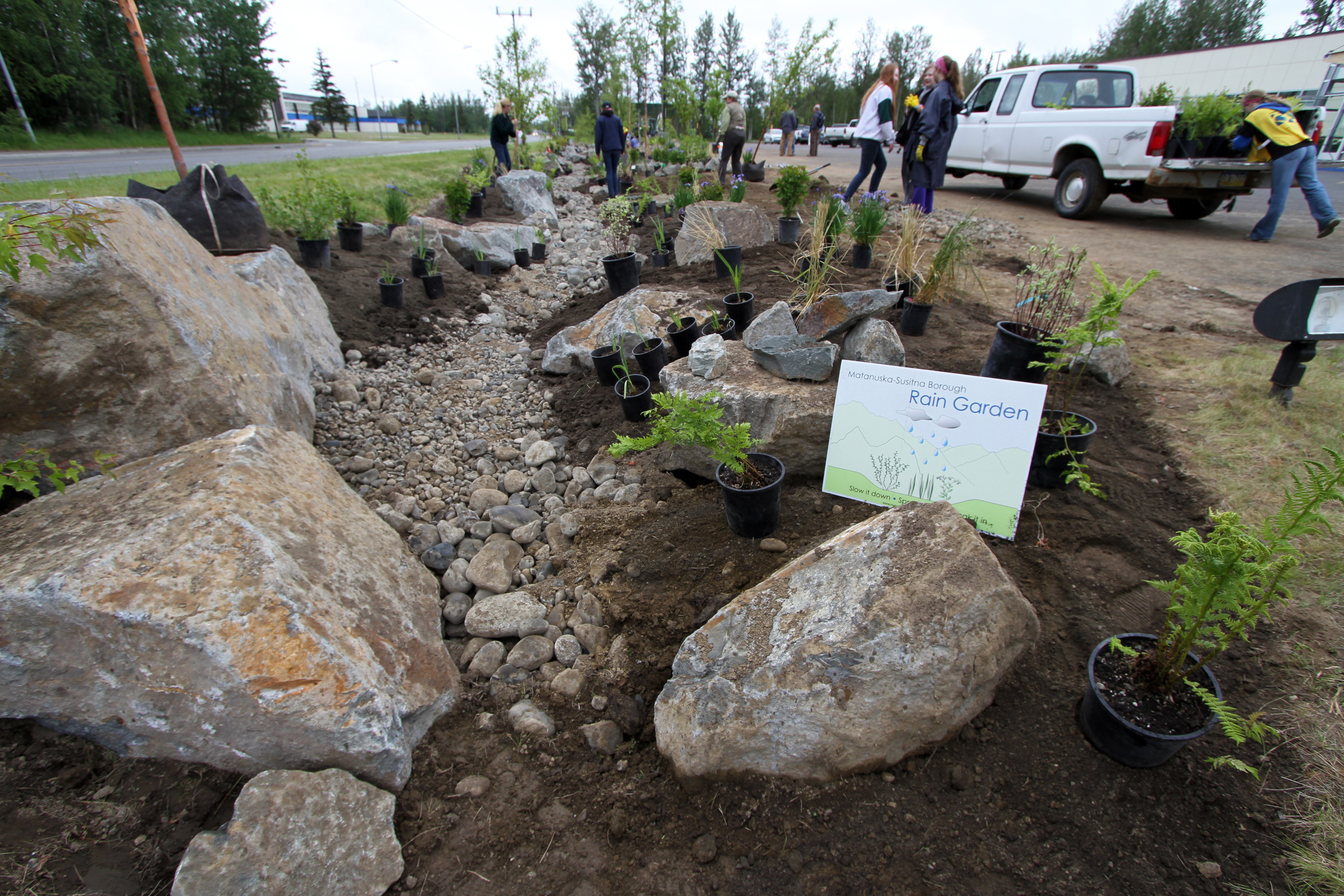On Jan. 7, the New Jersey Department of Environmental Protection (DEP) announced steps to improve water quality in urban areas by requiring sewerage system operators to reduce combined sewer overflows (CSO). As part of this effort, DEP is issuing 25 permits to address 217 CSO discharge points, or outfalls, in the state. Most CSO discharge points are in the New York-New Jersey Harbor region.
The new permits require operators, including municipalities and regional sewer authorities, to develop long-term control strategies. Strategy projects will include traditional infrastructure, such as holding tanks or lagoons that store stormwater for later release, as well as green infrastructure systems, such as rain gardens and green roofs that infiltrate stormwater. Financing is available to help design strategies.
Municipalities and system operators also must implement enhanced public notification strategies, including providing real-time information on potential discharges into rivers and other waterways. These permit holders already are required to maintain control technologies at outfalls to collect solids and trash and to prevent that material from entering waterways.
“This new permit framework encourages regional collaboration on planning and development of projects that will provide urban redevelopment opportunities, improve water quality, beautify neighborhoods, and improve the overall quality of life in our urban communities,” said DEP Commissioner Bob Martin. “This new framework allows our urban communities to work with the state to establish realistic solutions to address the longstanding and difficult problem of combined sewer discharges.”
The DEP is encouraging multi-agency collaboration in efforts to deal with CSOs and is providing $500,000 in principal forgiveness loans through the New Jersey Environmental Infrastructure Trust for the development of regional integrated plans. The permits allow up to five years for the plans to be completed. This approach gives communities an opportunity to establish their priorities, spread costs over time, and integrate planning with other community improvement goals, such as green space development, flood prevention, traffic mitigation, and property value enhancement. Read more.





